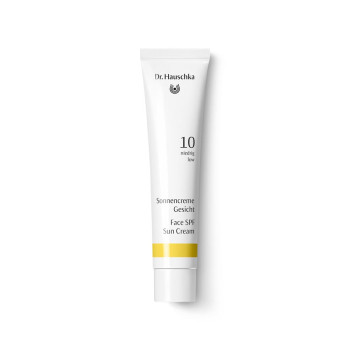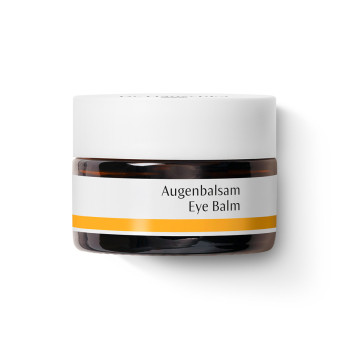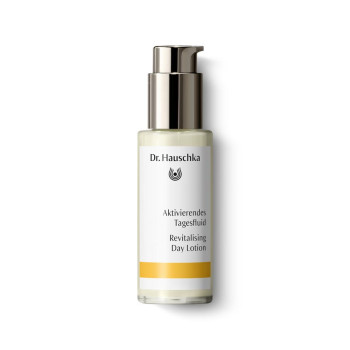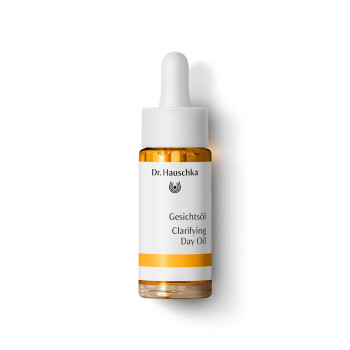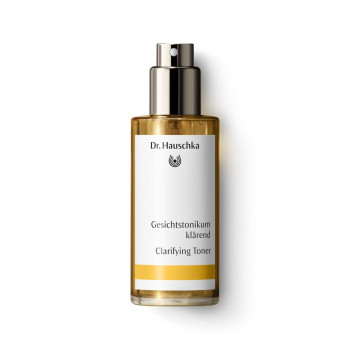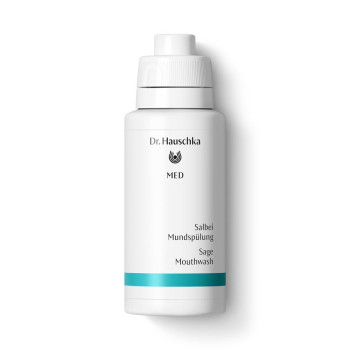
Marigold
Synonyms: Caltha officinalis. Golds. Ruddes. Mary Gowles. Oculus Christi. Pot Marigold. Marygold. Fiore d'ogni mese. Solis Sponsa.
Scientific Name: Calendula officinalis L.
Family: Compositae/Asteraceae
Habitat
Presumably native to the Mediterranean region. Distribution now practically world-wide.
Constituents
Essential oil, saponins, carotinoids, xanthophylls, bitter compounds, mucilage, flavonoids.
Description
This easy-to-grow annual medicinal herb, which can reach a height of 70 cm, delights us with its flowers from June to well into October. The roughly hairy, sturdy stems are crowned with bright orange or yellow flowers, up to 4 cm in diameter, which are visible from afar and light up the garden like little suns. The dry fruits, which we know as the seeds, come in various ringlet-like shapes from crescents to little hooks. In fact, it is these fruits, and not the flowers or the leaves, that give the plant its German name Ringelblume – ringlet flower.
Interesting Facts
The sun-like marigold follows the course of the sun with its flowers: they open at daybreak and close as soon as the sun goes down again. It was probably this calendar-like movement in time with the sun that led botanists to give it the scientific name Calendula, from the Latin calendae – the first of the month. Because of its odour, at the same time aromatic and reminiscent of decay, it became a symbol of redemption after death in Christian mythology. Its inexhaustible vegetative growth also caused it to become a symbol of eternal life and people often planted it on graves as funeral flower. In Mexico it is also considered a flower of death, believed to originate from the blood of the indigene people slain by the Spanish conquerors. In the Middle Ages the golden-yellow flower, also called Solis Sponsa or bride of the sun, was dedicated to the Germanic goddess Freya, later to the Christian Mary, hence the name Marigold.
Plants which flower at the most important points in the course of the sun and whose shape resembles the sun have always been considered sacred. Other such plants are the Daisy, St. John'swort and Chicory. As magical plant Marigold was an essential part of any love charm. If a girl planted or sowed the Niewelkblume in the footprints of her loved one he would have to – whether he wanted to or not – come to her for ever. In Spain, too, sorcerers were convinced of its magical powers and always carried it with them as talisman.
The plant from another perspective
Lush growth and a sun-like character. These are the attributes we immediately associate with the Marigold. With almost rampant growth, during its short lifetime it takes over its surroundings, putting forth leaf after leaf and flower after flower untiringly, until the frost puts and end to its growth. The luxuriant growth of its leaves is crowned by the sun-like flower that warns it to show restraint. The flower thus finalises and brings order to what would otherwise only be rampant leafy growth. This vigorous growth is enveloped in an odour of decay as though the Marigold were in constant danger of losing itself in excessive growth.
The character of the Marigold thus resembles the injured tissue that reacts with inflammation and sloughs off festering dead tissue. Newly proliferating tissue has to be formed and subjected to an ordering principle. Marigold supports these processes particularly in poorly healing, inflamed wounds.
The plant in our products
In Dr. Hauschka skin care products Marigold is found where irritated skin needs to be soothed, for example in:



